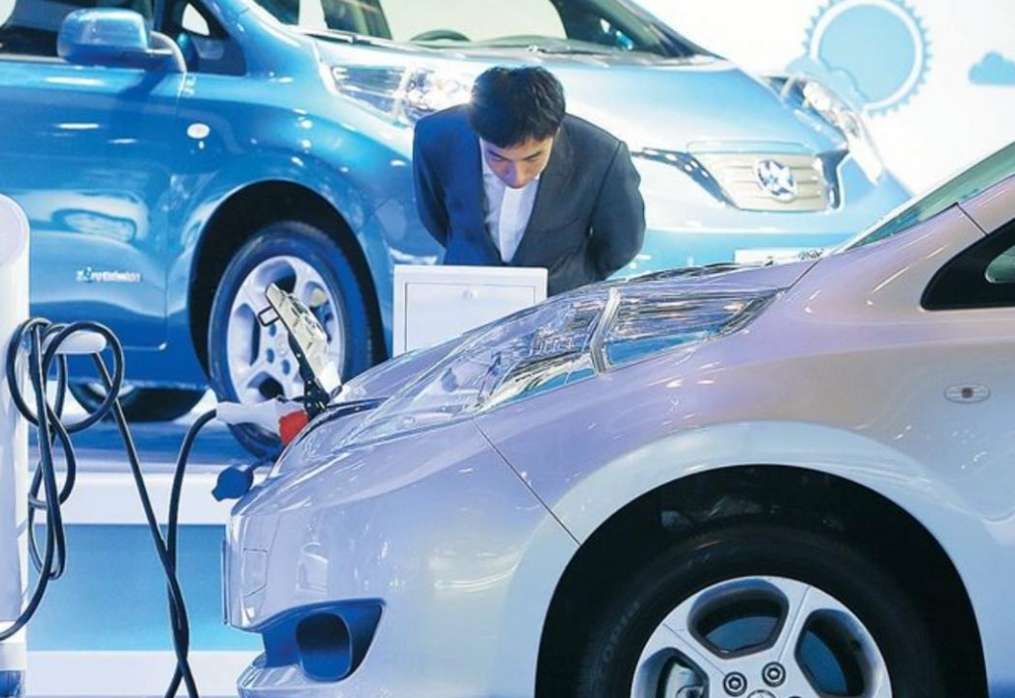Rapid Growth of New Energy Vehicles
Advertisements
As the global automotive landscape continues to transform,2022 has emerged as a pivotal year for China's automobile industry,particularly in the realm of new energy vehicles (NEVs).June proved to be a breakthrough month where production numbers soared to 610,000 units,marking a staggering 121% increase compared to the previous year.This surge pushed the penetration rate of NEVs to a remarkable 23.5%.Such growth signals the pressing need for sustained measures to bolster consumption within the automotive sector,thereby stimulating broader economic development.
Diving deeper into the statistics from June 2022,overall automobile production reached 2.577 million vehicles,reflecting a healthy growth of 26.8% year over year.Remarkably,NEV production,accounting for approximately 60.5% of that total,demonstrates how quickly this segment is gaining momentum.These figures are not just numbers—they encapsulate a shift in consumer preferences towards more sustainable transportation solutions in China.
However,the landscape remains complicated.The first half of 2022 saw a 1.9% year-over-year decline in the added value of the automotive industry,yet June itself witnessed a significant recovery with a 16% growth in automotive output value.The pandemic's impacts have been particularly severe on the automotive sector,identified as one of the industries with the most substantial production challenges amid COVID-19 restrictions.Car retail spending also reflects a similar trend; while the first half recorded a 5.7% drop,June's performance revealed a promising 14% growth.
This contrasting performance highlights a critical juncture for the industry.Consumers in urban and rural areas have not equally embraced automobile ownership,posing challenges to the sector.In comparison to the real estate market,which has seen fluctuating performance,the automotive market struggles to invigorate robust and high-quality growth in resident spending and production.
The broader scenario of consumer goods in 2021 saw retail sales reaching an impressive 44.082 trillion yuan,marking a 12.5% increase.However,this growth was significantly driven by segments outside of automotive purchases,as vehicles only accounted for 43.787 trillion yuan of retail sales,a modest 7.6% growth compared to the previous year.The confusion is further illustrated in 2022 when,despite an overall retail sales amount of 21.0432 trillion yuan experiencing a slight decline,positive trends began to emerge specifically in June,suggesting a potential recovery phase.
The last few years have seen a mixed bag for car consumption patterns.The periods of 2018-2019 were characterized by subdued car purchases,indicating an ongoing gap in entry-level market consumption.However,mid-range and high-end segments consistently showed signs of upgrade,indicating a demand for quality over quantity among consumers.The fluctuations noted in 2020,impacted heavily by the onset of the pandemic,led to sporadic growth patterns that echoed through 2021 and into 2022.
As production figures from June reflect a revival,with car manufacturers producing about 86,000 vehicles per day—a 26.8% increase in production driven by improved chip supply and effective pandemic management—one begins to sense an optimistic shift.Yet,the burden of economic losses remains palpable.The automotive industry has continued to feel the pressures of supply chain disruptions,particularly in 2021 when production capacity utilization dropped significantly due to semiconductor shortages,leading to marked production downtimes.
Additionally,examining the performance of commercial versus passenger vehicles over the past two years reveals diverging trends: commercial vehicle output has been robust while passenger vehicle production has lagged, amplifying misalignments in market demand.For instance,2022's production data shows a total of 12.48 million vehicles produced in the first half,with an overall decline in production yet an impressive 111% growth in NEVs.
amplifying misalignments in market demand.For instance,2022's production data shows a total of 12.48 million vehicles produced in the first half,with an overall decline in production yet an impressive 111% growth in NEVs.
A vital component of this recovery narrative is the increase in automotive investment,which rose by 11% in the first half of 2022,signifying a rebound from an earlier downturn.However,ongoing challenges remain.The cooling real estate market may play a supportive role in enhancing automotive sales,as less competition for disposable income allows potential buyers more flexibility in making car purchases.The year 2021 saw real estate sales fluctuate considerably,leaving many potential buyers in a precarious position,particularly amid high inflation and increasing living costs.
The current market can be summarized through a striking comparison: the average relationship between housing sizes and car ownership equates to about 57 square meters of real estate for each vehicle sold—a marked improvement from 2020's rate of 70 square meters per vehicle.Yet,the automotive sector still struggles with the impact of rising oil prices,which contribute to diminished purchasing power among consumers.
As the landscape shifts and evolves,the spirit of innovation in electric vehicles portrays a hopeful future for the automotive industry in China.Policymakers and manufacturers alike must recognize the criticality of enhancing consumer incentives and diversifying product offerings to maintain this growth trajectory.The harmonization of efforts to integrate the best practices from segments performing well with those struggling is essential for laying pathways toward recovery.Only time will reveal how effectively the industry captures this potential and navigates the ongoing uncertainties of an ever-changing economic environment.
Leave a Comment